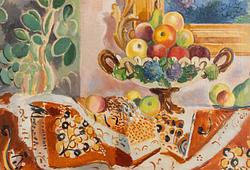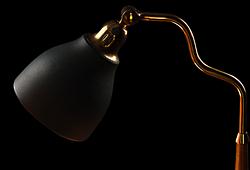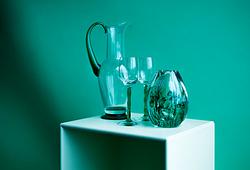Gösta Adrian-Nilsson
"Indianstriden"
Signed GA-N. Executed 1918. Ink and gouache on paper, 18 x 15 cm.
Alkuperä - Provenienssi
Egon Östlund, Halmstad.
Jan Östlund, Borås.
Bosse Östlund, Borås.
Galerie Bel'Art, Stockholm.
Private collection.
Näyttelyt
Liljevalchs konsthall, Stockholm, "GAN retrospektiv", 1958.
Galerie Bel'Art, Stockholm, "GAN - Gösta Adrian-Nilsson, arbeten på papper 1915-1924", 2015.
Kirjallisuus
Galerie Bel'Art, Stockholm, "GAN - Gösta Adrian-Nilsson, arbeten på papper 1915-1924", 2015, pp. 46-47 in the exhibition catalogue.
Muut tiedot
Gösta Adrian-Nilsson (his works signed with the acrynym GAN) came to be a pioneer of Swedish modernism. At the beginning of the 20th century he was an active member of the German progressive group Der Sturm in Berlin and joined German Expressionists, Italian Futurists, and later French Cubists, making a considerable contribution to the spread of these art movements in his homeland. He called himself a cubofuturist.
GAN always depicted specific objects and people, stylizing their forms and breaking large planes into separate elements. Male images (sailors, soldiers, people of hard-working professions), which the artist used continuously in his works, are interspersed with urban landscapes and images of various mechanisms in action. They symbolize and visualize technological progress and the speed of modern life.
When GAN in 1915 was given Fenimore Cooper’s books The Last of the Mohicans and The Deerslayer, they inspired him to depict Indians which was a recurring motif in his works. The auctions water colour/collage is an exquisite exampel from this period.
Another important influence was GAN’s friendship with Fernande Léger in Paris at the beginning of the 1920s. During this period GAN’s art became more abstract, approaching Synthetic Cubism. He often uses collages, combining various objects of everyday life that were completely unrelated to each other, as well as stencilled inscriptions and signs.






































